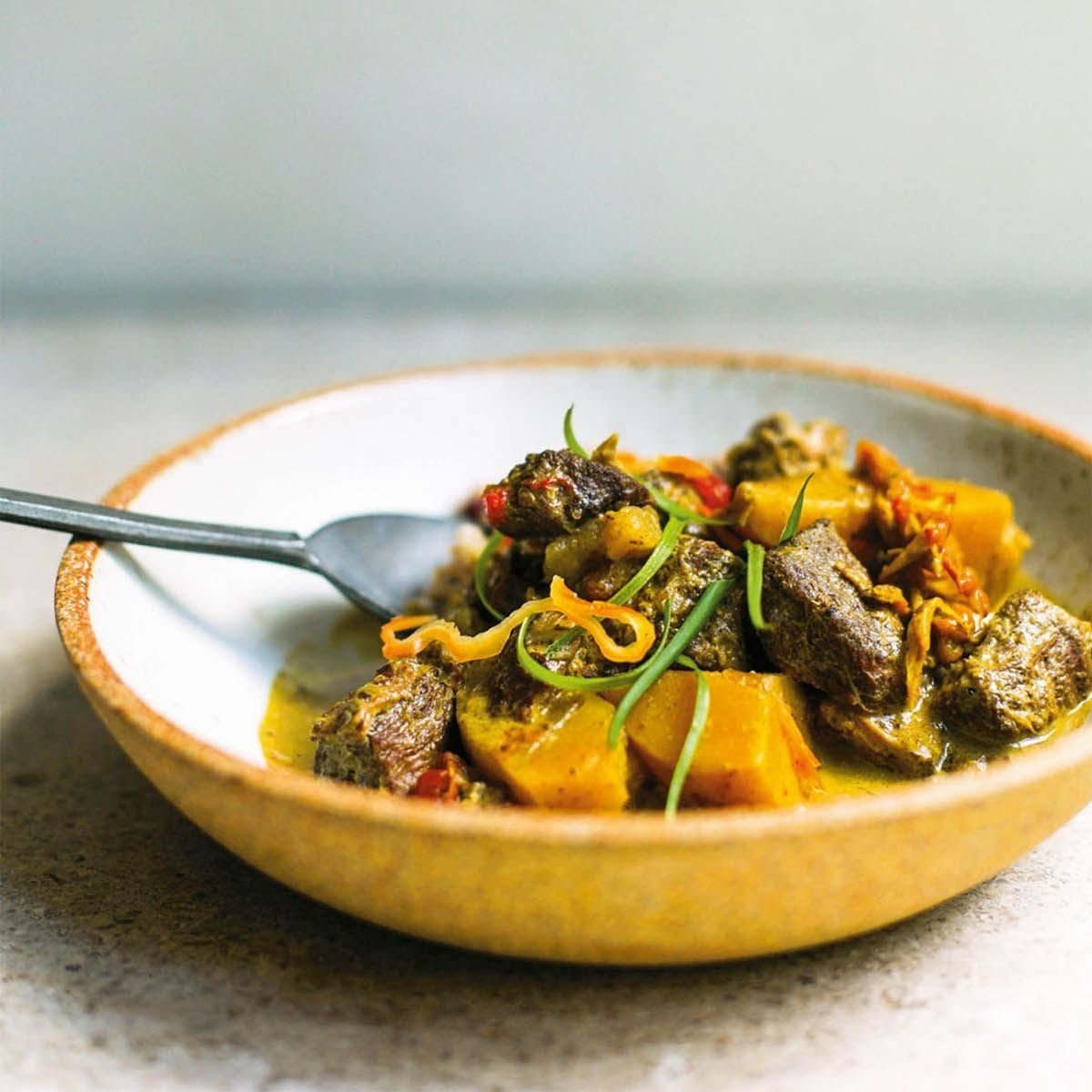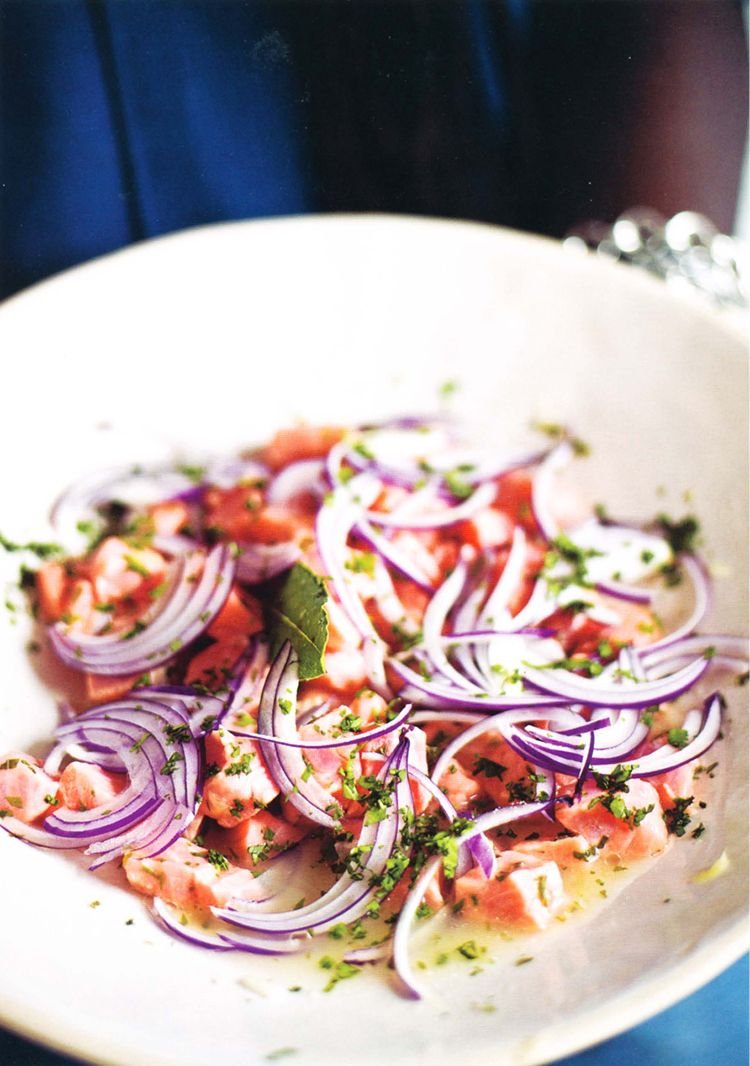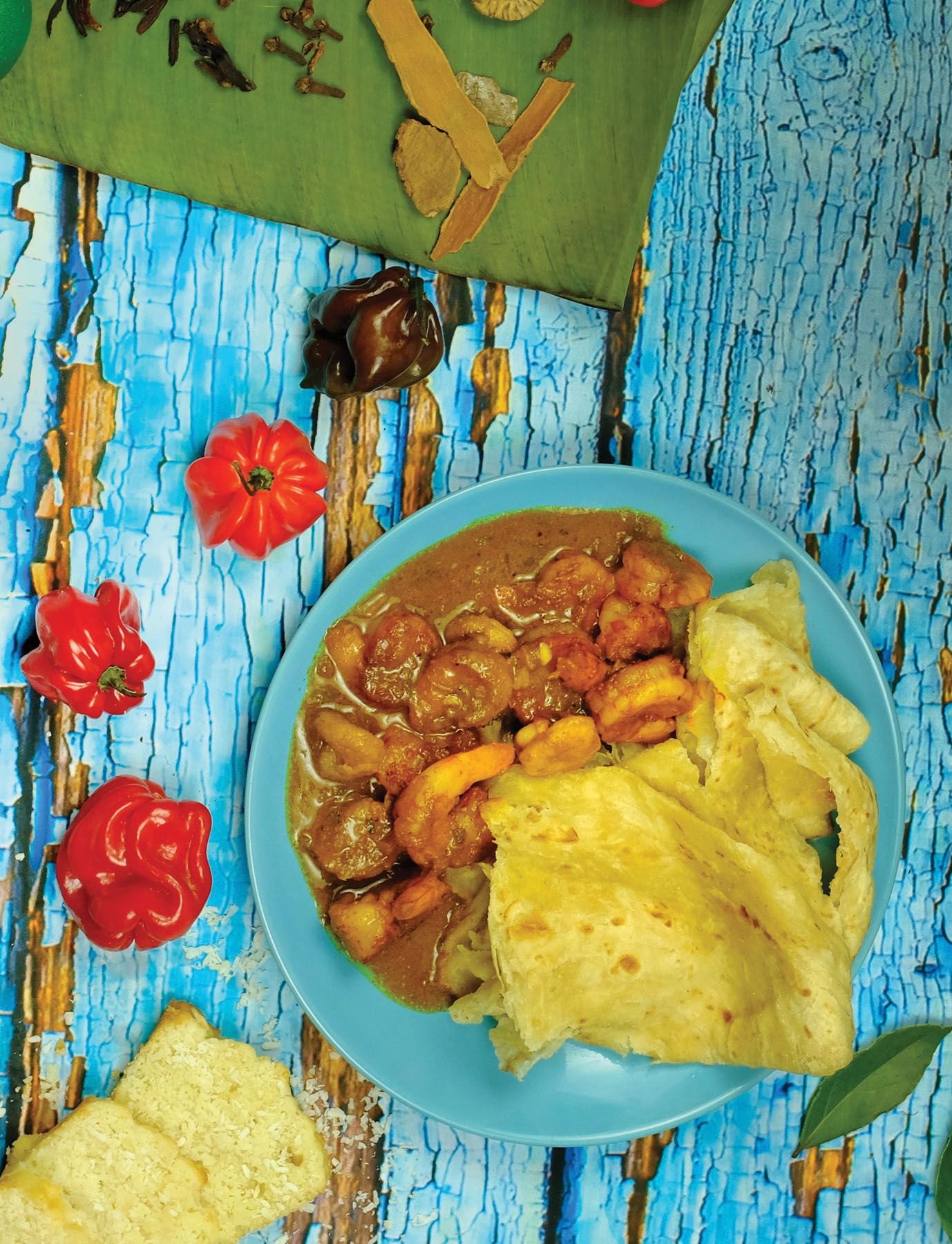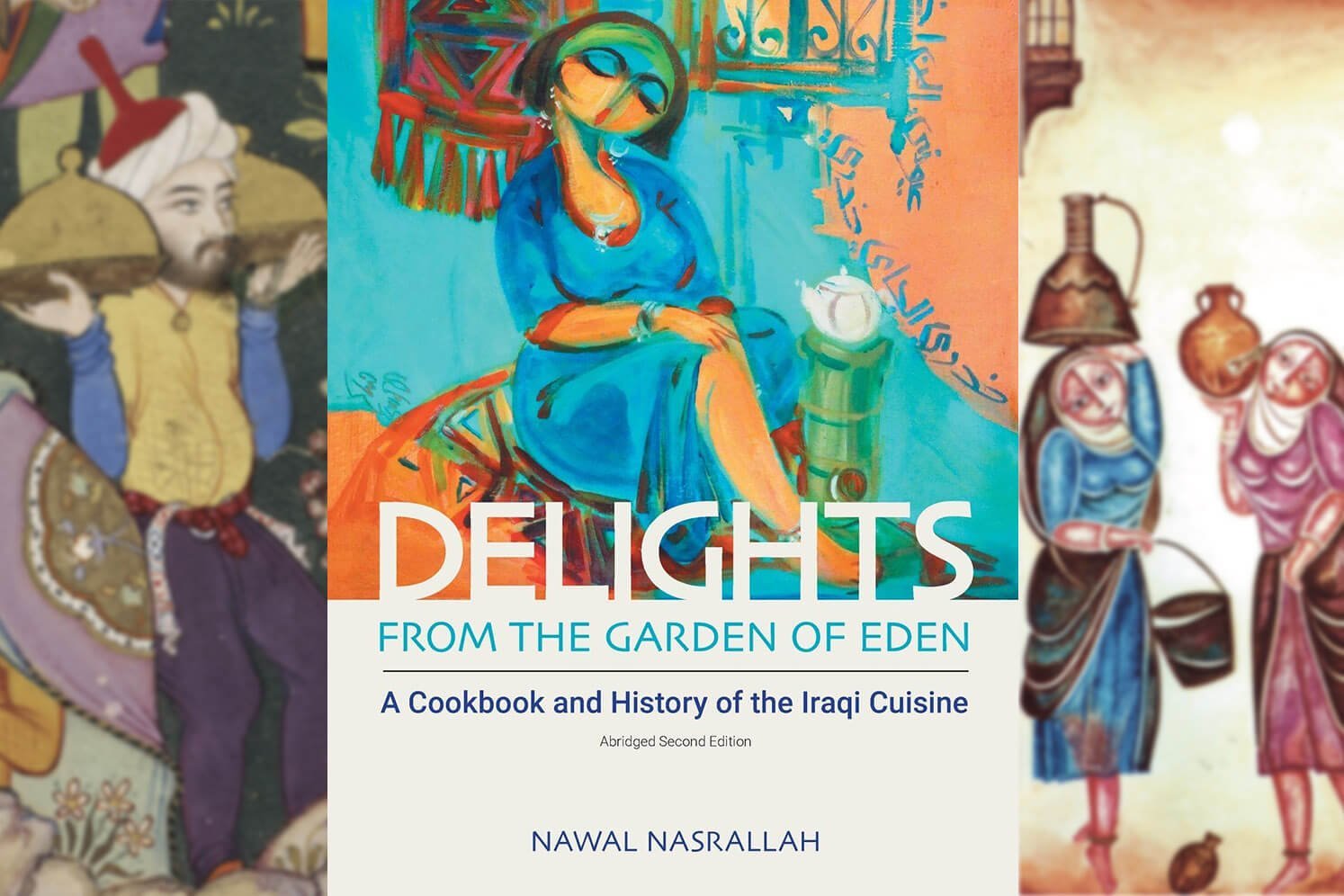Advertisement
Delicious ways to celebrate Caribbean-American Heritage Month
14 June 2022 · Discover ckbk · Regional cooking
By Susan Low
June is Caribbean-American Heritage Month, and 2022 marks its 15th anniversary. The official campaign for the commemorative month began in 2004 when a legislative Bill was tabled by Congresswoman Barbara Lee. The Bill was passed, with an official Proclamation signed by President George W. Bush, on June 5, 2006.
Bush said: “For centuries, Caribbean-Americans have enriched our society and added to the strength of America. They have been leaders in government, sports, entertainment, the arts, and many other fields. During the month of June, we also honor the friendship between the United States and the Caribbean countries. We are united by our common values and shared history, and I join all Americans in celebrating the rich Caribbean heritage and the many ways in which Caribbean Americans have helped shape this Nation.”
U.S. Census figures from 2019 estimate that the number of people reporting Caribbean ancestry was nearly 13.4 million. The six largest ancestry groups (in descending order of population numbers) show descent from Puerto Rico, Cuba, Dominican Republic, Jamaica, Haiti, and Trinidad & Tobago.
It is, of course, impossible to calculate the contribution that Caribbean-Americans have made to the American economy and culture (including food culture) over the centuries – although the topic of Caribbean influences on American food is one that food historian Andrew F. Smith tackles with gusto in his Oxford Encyclopedia of Food and Drink in America. Smith points out that, “The Caribbean influence on American food has been continual for hundreds of years,” possibly pre-dating Columbus’ arrival in the New World in 1492.
Smith also gives plenty of detail on Haitian-American food, its national dishes, and the sources of its culinary traditions – a topic that is seldom written about in any depth in the English-speaking media.
There’s no better time than this month to get familiar with dishes you may not yet have tried from five Caribbean countries, nations, and territories.
Puerto Rico
“Puerto Rican cooking covers a wide spectrum of styles and methods that have developed over five centuries,” writes Andrew F. Smith. “The native ingredients of the [Indigenous] Taínos have been enhanced and modified with each new influence. Puerto Rican food has incorporated all of them so that its criollo cooking is replete with unique spices, flavorings, and seasonings: cilantro (coriander), black peppercorns, ají dulce (sweet chilli pepper), oregano, and recao (culantro, a small leafy plant used to impart a tangy flavor to food), to name a few.”
Other key Puerto Rican flavorings and seasonings are sofrito, adobo, and achiote.
Recipes to try
Similar to Spanish paella, Puerto Rican Chicken and Rice is a dish that looks after itself as it cooks.
This version of Puerto Rican Pork Shoulder is studded with garlic and oregano under the skin, basted with achiote, and spit-roasted to crackling crispness.
Torpedo-shaped Puerto Rican Crab Fritters are “part of the large family of deep-fried oddments that evolved as adaptations of an African style of cooking to local possibilities,” says food writer Raymond Sokolov.
Find all 45 Puerto Rican recipes on ckbk.
Cuba
“‘Cuba is an ajiaco’ is an old Cuban saying that refers both to Cuba’s national dish, a stew made with many different vegetables and meats, and to the diverse cultures that came together to forge the Cuban character,” writes Beverly Cox. “The blending of traditional Spanish recipes and cooking techniques with Amerindian, African, and Asian ingredients and influences has resulted in a creole cuisine that is distinctly Cuban.”
Recipes to try
Don’t miss out on Ajiaco, Cuba’s national dish. “It’s the kind of dish that is kept continuously simmering on the back of the stove with ingredients added from time to time to replenish the pot,” says Beverly Cox.
“Ceviche’s birthplace is disputed, and is either Peru or Ecuador, writes Ivy Stark. “As both countries have an amazing variety of fish and shellfish, it could easily have come from the ancient Incan civilizations of Peru and Ecuador. Every Latin American country has given ceviche a touch of individuality by adding unique garnishes.” This recipe for Ceviche, Cuban Style is from Levi Roots and is flavored with fresh mint.
The editors of Saveur credit this recipe for Cuban-style Chicken Stew to Nitza Villapol, the chef, teacher, and food writer who has been referred to as ‘the Cuban Julia Child.’ “It draws salty-sharp flavor from alcaparrado (a mix of pimiento-stuffed olives and capers) and sweetness from raisins,” they say.
Find all 214 Cuban recipes on ckbk.
Dominican Republic
“Dominican food comprises African, Spanish, and native or Indigenous influences, a result of the island’s history of European conquest and enslavement,” writes Andrew F. Smith. Cassava and yuca are staples dating back to the Taínos, while the Spanish influence is most notable in the seasoning of food: “The seasoning mixture sofrito, consisting of onions, garlic, sweet peppers, cilantro, and sometimes an additional herb such as oregano, is often made by the home cook in large batches, writes Smith. “[Africans] added highly seasoned soups and stews, rice dishes, and preferences for offal and various root vegetables. Important ingredients such pigeon peas (guandules), breadfruit, and okra arrived with them.”
Recipes to try
To give your dishes a real flavour of the Dominican Republic, use this variation of sofrito, made with red and green peppers, coriander, onions, garlic, tomato paste, and vinegar. “It is used to flavor stews, beans, rice, and vegetables. It is easy to make and is useful to have on hand, especially for the cook in a hurry,” writes Elisabeth Lambert Ortiz.
Root vegetables are popular ingredients in the Dominican kitchen. This recipe for fritters, Frituras de Ñame, is made with ñame, a tuber that is similar to yuca.
Long-stewed dishes, such as Sancocho de Carne de Cerdo, reveal the African influence on Dominican cuisine.
Find all 41 recipes from Dominican Republic on ckbk.
Jamaica
Jamaican cooks are known for having a love of good times and good food – with jerk cooking perhaps being the best-known international culinary contribution. “Jerk is the Jamaican way of preparing highly seasoned meat, slowly cooked over a fire-pit of pimento wood, whereupon the food remains tender and delights the consumer with its hot, succulent and aromatic blend of earthy Caribbean deliciousness,” writes Virginia Burke. There is, she says, “little question that it is a Jamaican tradition.”
Recipes to try
This version of Jerk Chicken comes from San Francisco-based food entrepreneur Shani Jones and is great served with rice and peas.
A popular way of cooking fish (and meat) in Jamaica is to lightly pickle (escoveitch) it, as in this recipe for Escoveitched Fish. It’s eaten at room temperature at any time of day.

Jerk cooking, as in this recipe for Jerk Chicken, may be Jamaica’s best-known culinary contribution.
There’s a strong vein of vegetarian cooking in Jamaica, based on the idea of i-tal (which derives from ‘vital’). “In the Caribbean, vegetables and fruit come straight from the ground to the pot and are full of fresh goodness: very i-tal – vital,” writes Levi Roots. His Red, Green, and Gold Coconut Rice is a good example.
There’s nothing quite like a good curried goat recipe, and this Curried Goat and Potatoes from Lianna Krissoff certainly qualifies. It’s cooked long and slow for an intense and hearty flavor.
Find all 236 Jamaican recipes on ckbk.
Haiti
Haitian culinary traditions “reflect the process by which traces of the island’s original Amerindian (Taíno) inhabitants were overlaid by Spanish and French colonial influence, hybridized with the tastes and preparations brought across the Atlantic by the thousands of enslaved Africans imported to work the island’s sugarcane and coffee plantations,” writes Andrew F. Smith.
Haitian cooks favor sharp and spicy tastes, sometimes combined with sweet flavors, along with lots of vegetables. The Indigenous Taíno practice of cooking over an open flame (barbacoa – from which the word barbecue derives) remains popular.
Recipes to try
The crunchy condiment called Pickliz (or picklises) is an essential condiment for Haitian cooks. This version combines beans, cauliflower, and carrots with hot peppers and vinegar.
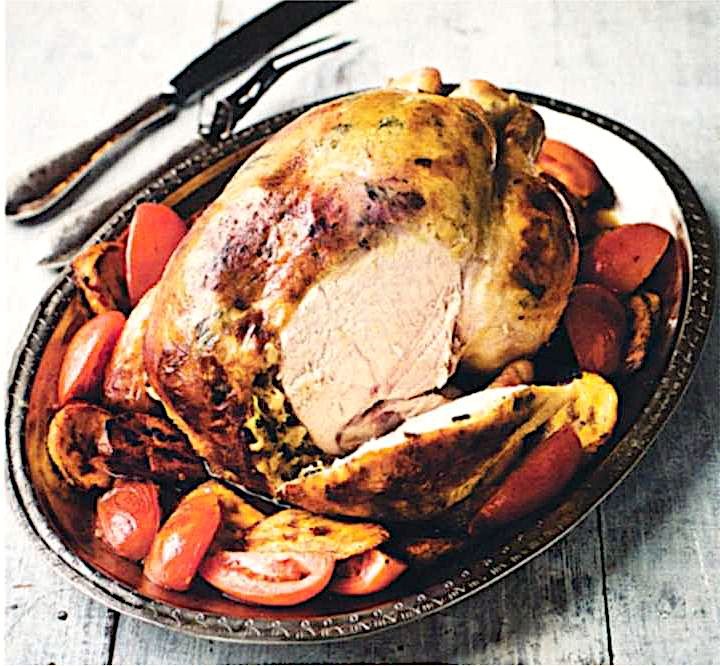
Levi Roots’ recipe for Haitian Roast Chicken with Two Stuffings is dramatically flambéed before it’s served.
Levi Roots’ recipe for Haitian Roast Chicken with Two Stuffings is dramatically flambéed before it’s served at the table.
To satisfy a sweet tooth, Haitian cooks might make a recipe such as Figues Bananes Fourées, stuffed bananas made with the Ague banana from the island.
Find all 20 Haitian recipes on ckbk.
Trinidad & Tobago
Trinidad & Tobago “is a society that is a complex melting pot of people and tradition,” writes Ramin Ganeshram in Sweet Hands: Island Cooking from Trinidad & Tobago. “One happy consequence is a cuisine that is an organic fusion, without contrivance nor sprung from the mind of a celebrity chef. In Trinidad, items like curry and various Indian breads are a staple in every home – whether there exists an East Indian ancestor or not. Callalloo, a soup of West African origin, is the national dish, and the West African tradition of browning meats in caramelized sugar is the first step to most stews. Chinese fried rice is part of any self-respecting cook’s repertoire and Christmas feasts have a decidedly Spanish flavor.”
Recipes to try
Curry powder is a constant in Trinidadian cuisine. “It’s said that Trinidadians will curry anything from meat to vegetables to fruit,” says Ramin Ganeshram. This recipe for Trinidad Curry Powder will give your dishes the proper Trinny taste.
Curried Shrimp is “a popular curry in roti shops and is often paired with Curried Aloo and Dalpuri or Paratha Roti to make a delicious meal.”
One of Trinidad’s best-known foods is Doubles. “It’s a popular breakfast food of spiced chickpeas served between two pieces of fried dough – and is also a late-night favorite after a good ‘lime,’ the Trini term for ‘hanging out.’”
Find all 233 recipes from Trinidad & Tobago on ckbk.
A small selection of ckbk’s Caribbean recipes
More features from ckbk
Take your palate on a flavor-packed cook’s tour, with dishes from all around the region.
Cookbooks that showcase Australia’s chefs, restaurants, recipes and cooking styles.
Nawal Nasrallah is an expert on medieval Arab cuisine, and on modern Iraqi cuisine.
Sign up for ckbk's weekly email newsletter
Advertisement

